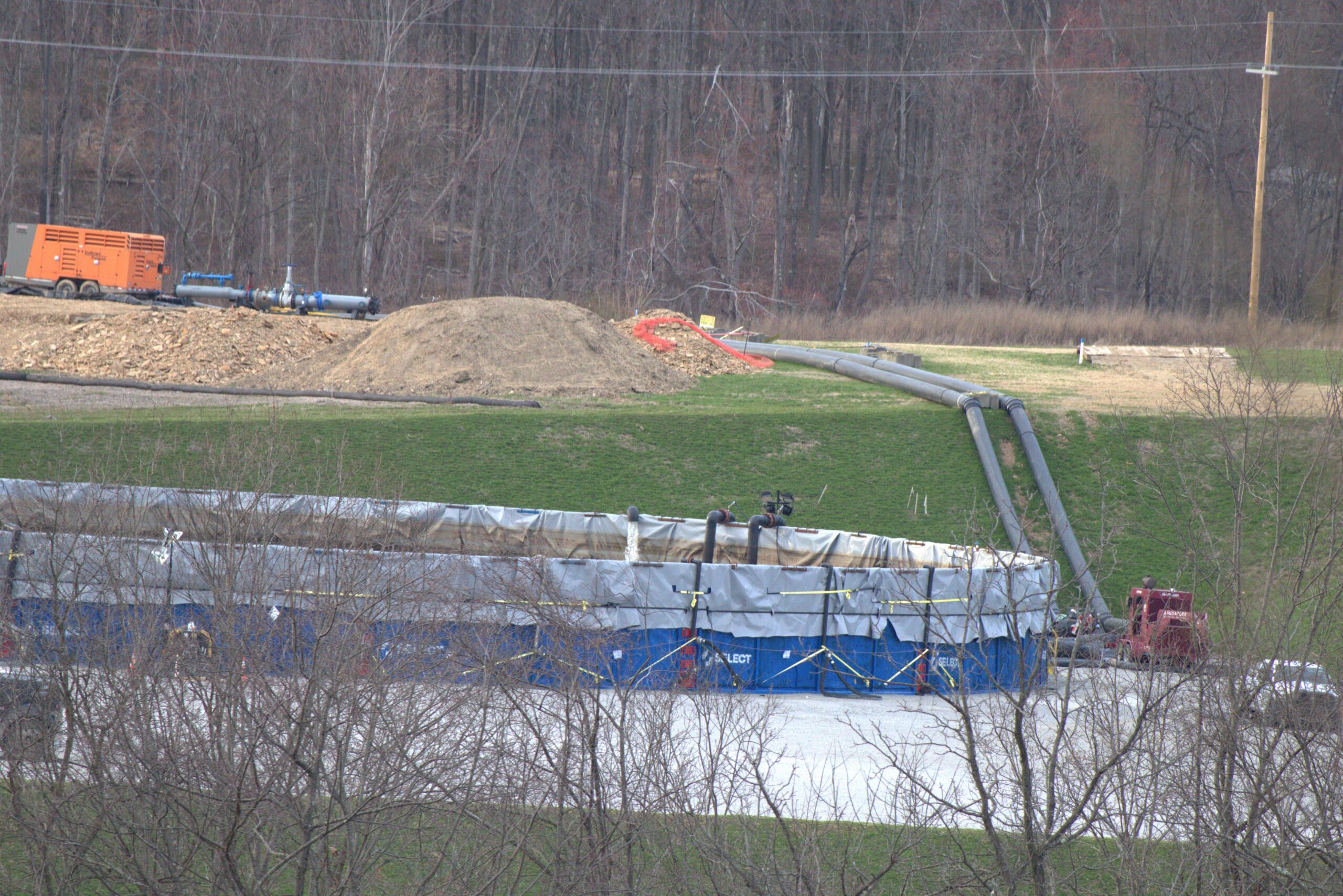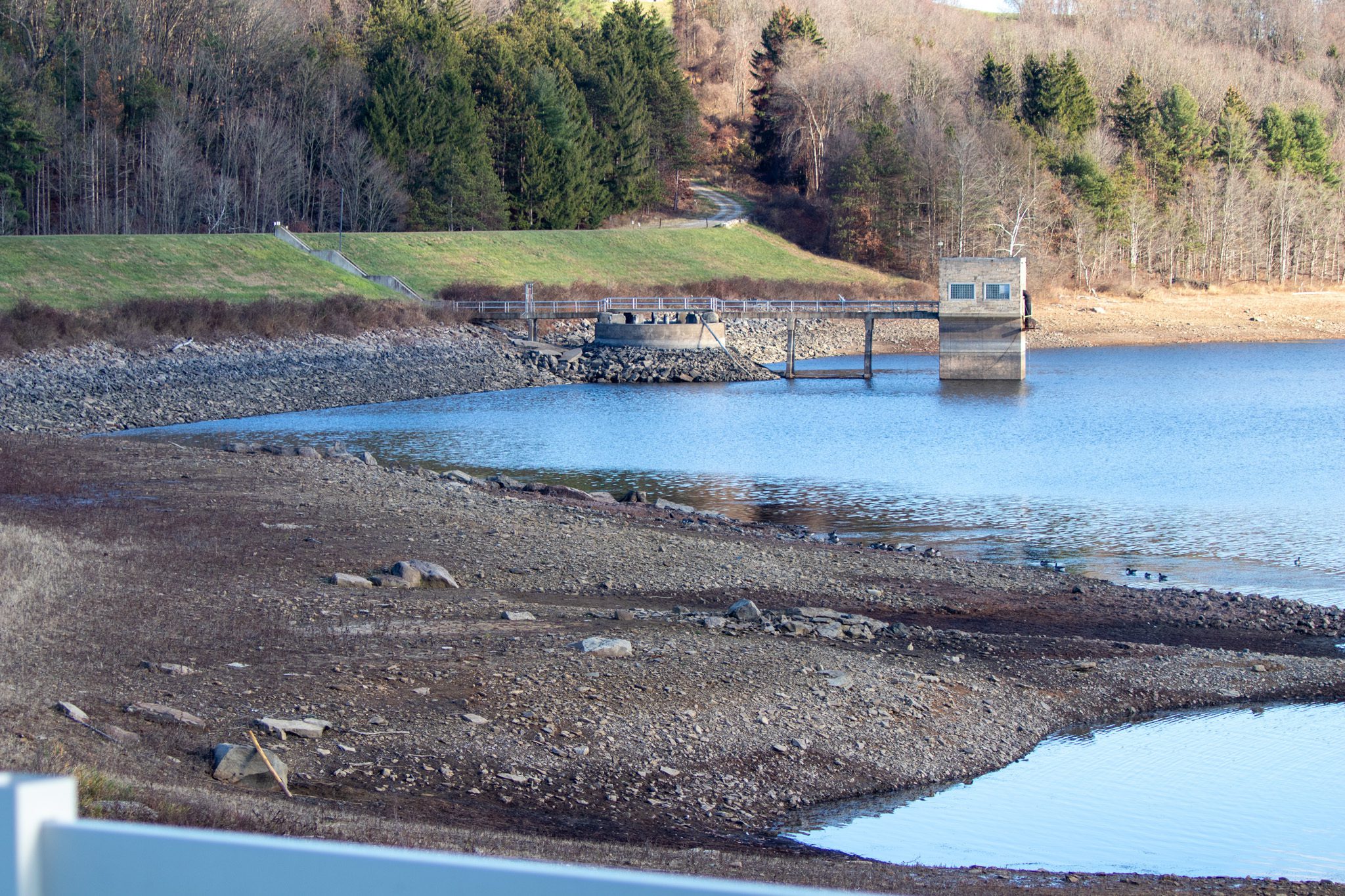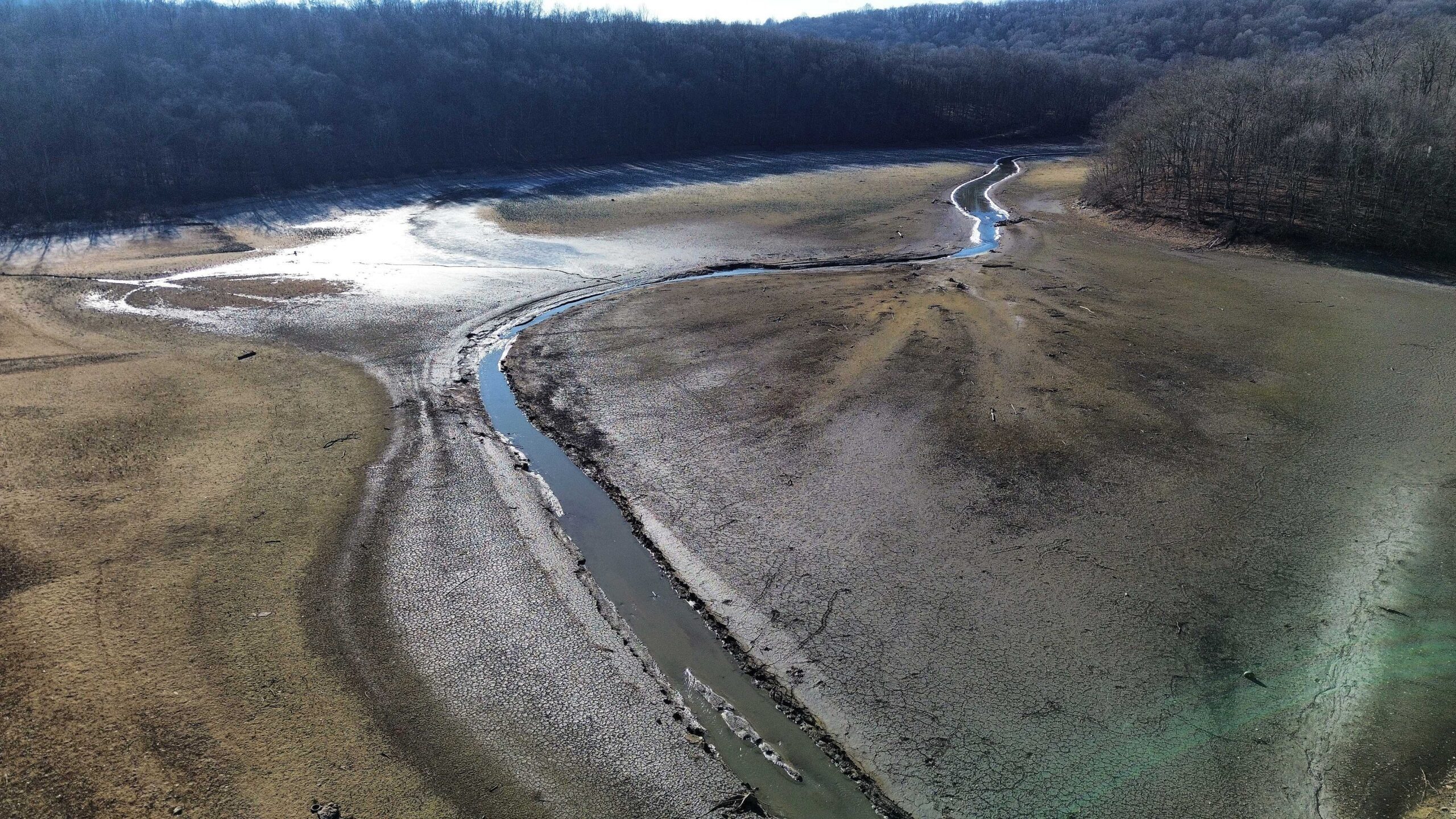Following the recent lift of water use restrictions for Beaver Run Reservoir, CNX Resources Corp., based in Canonsburg, has entered into a new contract with the Municipal Authority of Westmoreland County (MAWC). This agreement, announced on March 20, 2024, permits CNX Resources to purchase a substantial volume of water for hydraulic fracturing activities at gas wells located near the reservoir, which is situated across Bell and Washington townships.
New Contract Details
Under the terms of this contract, effective from March 15 to March 31, CNX Resources is authorized to draw up to 3 million gallons of water daily from Beaver Run Reservoir. The company is bound to pay $12,855 daily for 1.5 million gallons of water, amounting to a potential earning of over $25,000 a day for MAWC, should CNX Resources utilize its full daily water allotment.
Pricing and Usage
The agreement specifies a cost of $8.57 per 1,000 gallons of water, marking the highest rate charged by MAWC to its customers. This rate applies to the raw, untreated water that CNX Resources will be using for its fracking operations. CNX withdrew 53,000 gallons from the reservoir last Friday, more than 1.36 million gallons on Monday, and 1.17 million gallons on Tuesday, indicating the company’s significant water usage since the commencement of the contract.
Impact on Beaver Run Reservoir
Despite concerns, MAWC Manager Michael Kukura has assured that the water sales to CNX Resources will not significantly affect the reservoir’s capacity. Beaver Run Reservoir serves as a primary drinking water source for the northern segment of MAWC’s customer base, supplying water to approximately 56,000 customers across five counties. The reservoir’s capacity exceeds 11 billion gallons, and recent precipitation has beneficially impacted its water levels, which had previously dwindled during a drought period.
Restoration of Reservoir Capacity
Following a drought that led to the halt of water sales to energy companies in November, increased rainfall since January has replenished the reservoir, allowing for the lift of mandatory and voluntary water conservation measures. As of March 20, the reservoir’s water volume stood at 8.4 billion gallons, significantly improved from its January 9 report of just 5.5 billion gallons.




